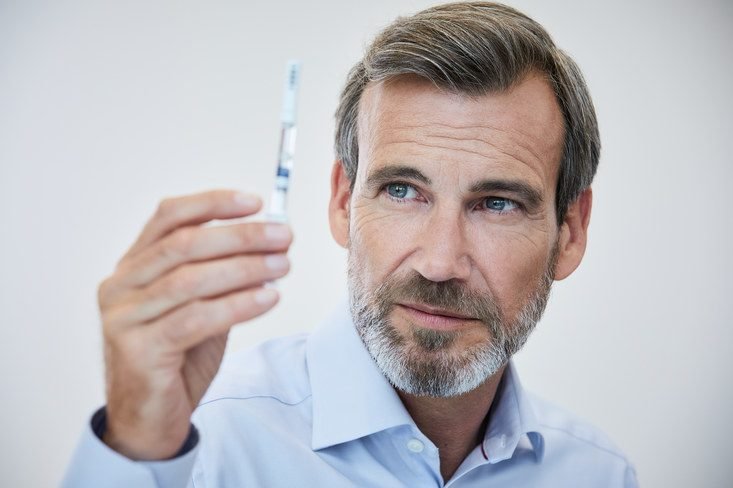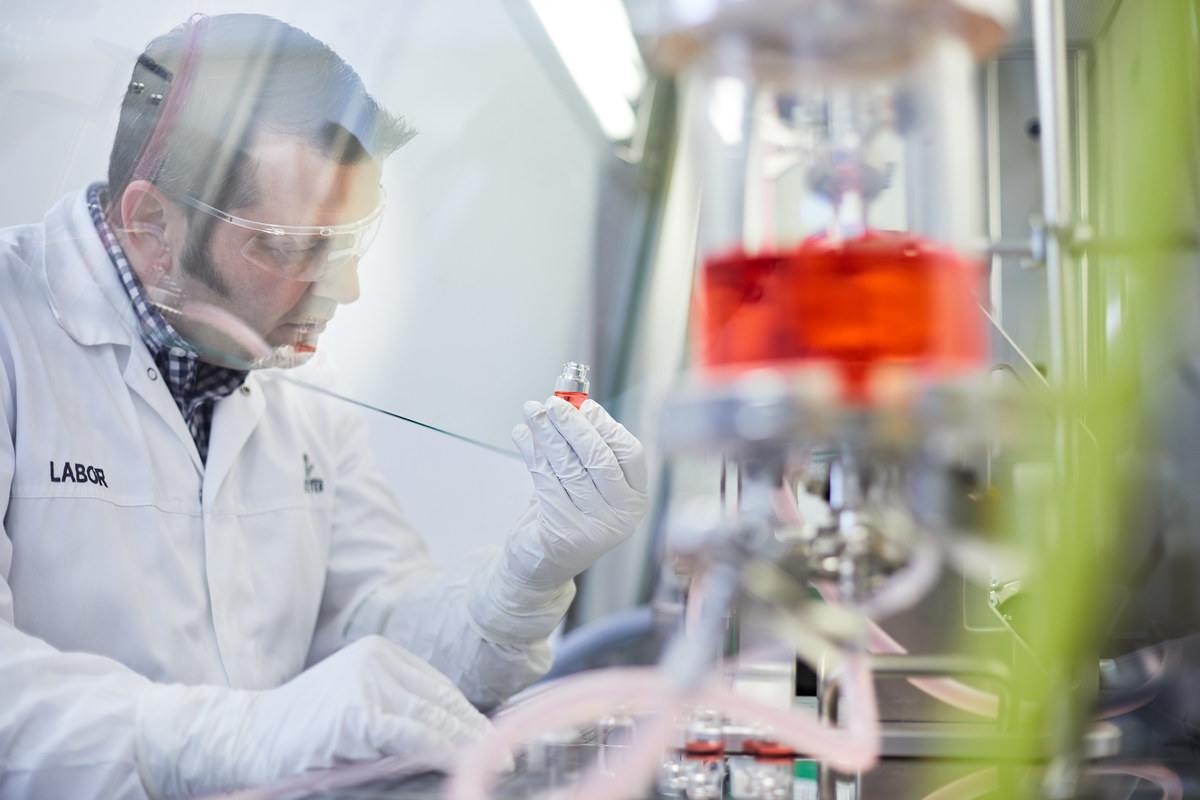
Over the last two years, biopharma businesses have made an indelible impact on our world. Today, their role in shaping global health has never been more urgent or relevant. At the same time, this remarkable period has left our entire industry in a state of significant, continuing flux.
So, what’s next for these businesses and their partners as they navigate the unprecedented dynamics of today’s biopharma market? We see great promise ahead—alongside continuing major shifts that will need to be expertly managed to sustain the industry’s success. Here are some major trends we believe will shape the biopharma sector in 2022 and beyond.
1. Market stability with more opportunities for trailblazers
While new vaccines have been filling the headlines, mRNA platforms are far from the only innovation driver powering the industry into the new year.
Today’s global pipeline is dominated by complex oncology products, while sales of rare disease treatments are predicted to double by 2026—to up to $268 billion. Often based on highly sensitive molecules and delivered parenterally, these new products have fueled surging demand for technically sophisticated manufacturing support.
This trend has also resulted in a growing strategic role for contract development and manufacturing organizations (CDMOs) that specialize in aseptic fill-finish for injectable medications—a domain that shows signs of unwavering strength. The market for parenteral drugs is expected to grow to $1 trillion by 2026, with biologics taking over the segment’s top 10 best-selling molecules.
An increasingly important source of both these new products and opportunities is China. While North American markets will continue to drive sales of parenteral medications, the fast-growing Chinese biopharma sector represents a major volume opportunity.
This key Asian market is rapidly pivoting away from me-too products and toward innovation, a transition that’s driving a surge in demand for manufacturing partners with the expertise and networks Chinese companies need to scale and expand internationally. For expert CDMOs, this trend will make China tremendously interesting for any long-term growth strategy.
2. Rise of “third wave biotech”
Today’s wave of novel agents isn’t simply filling a busy global pipeline; it’s ushering in a new era for our industry.
Cell-, gene - and other DNA -based therapies are finally making the leap from scientific innovation to groundbreaking medications. They’re marking a shift to a new generation of biologic innovation: therapies which repair or replace defective DNA, spark natural healing processes, and sometimes offer curative potential for genetic conditions. The FDA predicts that 10 new cell and gene products will be approved every year until 2025—with forecasted growth from $2.03 billion in market value in 2021, to $31.43 billion in 2026.
Both innovative and complex, many of these “third-wave biologics” are based on sensitive, technically challenging molecules that require highly specialized development and manufacturing support to achieve commercial viability. It will be exciting to see how this trend will develop in 2022 and beyond—especially as these innovations will change the technological and operational contribution for supply chain partners involved in commercializing new cell and gene therapies.
3. Sustainable biopharma
In recent years, our industry has become increasingly aware of an uncomfortable fact: we have a massive carbon footprint, one that has grown even bigger than the automotive industry.
In response, growing numbers of organizations have made maximizing sustainability a paramount goal for their operations. Spurred by initiatives like the EU’s “Green Deal,” these companies are actively adopting a culture of environmental consciousness and seeking new ways to balance economic performance, social responsibility and ecological impact.
As these commitments grow in scale and ambition, supply chain partners will continue to see this trend reflected in RFPs. Biopharmaceutical companies are increasingly seeking partnerships that advance both their business and sustainability goals—whether that be through eco-conscious packaging design, carbon-neutral manufacturing facilities or less resource-intensive operations.
This trend will be particularly relevant for manufacturers: CDMOs will not only need to determine how new customer requirements can be effectively mapped to validated processes, but also adopt their own culture of ecological responsibility. In 2022 and beyond, partners who swiftly and successfully “green” their operations and mindset will increasingly set themselves apart—not only by growing the value of their services, but also by demonstrating their commitment to shared societal wellbeing and environmental health.
As biopharma companies, material suppliers and CDMOs work together toward these goals, look for an increasingly green value chain to take shape in the coming year.
4. Accelerating digital transformation
Long a technological laggard, biopharma has finally begun an overdue, pandemic-fueled digitization sprint. In the last two years alone, countless organizations have raced to virtualize their workforce, take their teamwork to the cloud and leverage technology to keep their operations running while keeping their people safe.
Service providers have been no exception and show no signs of stepping back from rapid digitalization. AI- and ML-powered manufacturing innovations are further gaining ground, with automation and robotics driving significant advances in supply chain productivity. With prolonged pandemic uncertainty, expect to see increasing investment in technologies like these.
At the same time, look for organizations to tighten their focus on employees as a driver of change. As we’ve seen over the last two years, rapid technology adoption can create both significant value and major friction for the workforce—and new technologies’ success must start with human readiness for new technology. Having learned that, many organizations will focus on building a culture of comfort with digital innovation.
5. More strategic collaborations
Despite the many trends moving our industry forward, one long-standing challenge still stands in our way: the ever-growing cost of bringing new drugs to market. This year, biopharma companies will continue their efforts to optimize the “total cost of ownership” associated with developing, manufacturing, and commercializing their products.
This will lead to increasing focus on not just the function but also the value of outsourced partnerships.
As savvy service providers have discovered, biopharma companies are looking for third-party experts who do more than fill an internal skill gap or enable an in-house team to focus on core competencies. These customers are increasingly looking for providers who deliver a strategic, value adding mix of specialized services, customized solutions, and efficient operations—one that spans as much of the value chain as possible.
In response, look for many more CDMOs to actively pursue new partnerships of their own, especially between manufacturers with complementary specialties or additive skill sets. Several high-profile CDMO alliances have already taken shape recently, with the goal of syncing expertise in ways that shorten time-to-market, accelerate technological advances, and deliver significant long-term value for customers.
The coming year will likely bring many more collaborations with similar targets, as CDMOs explore how they can align their portfolios in ways that maximize the impact, reach and efficiency of their services.
Looking ahead
All told, a bright future is well within reach for the global biopharma industry. Reaching that future, however, will take keen foresight, smart strategy and expert support—as well as dedicated partners who can deliver those crucial resources.
In the coming years, look for biopharma companies to discover those partners across the entire value chain. We see service providers playing an increasingly vital role in not only helping their customers pursue the path to success, but in finding and shaping that path as well.
Together, they may create a future that’s even brighter than we expect—not just for their businesses, but for our whole world as well.
References
Evaluate Pharma World Preview 2021 Outlook to 2026.
IQVIA Report Global Use of Medicine 2020 and Outlook 2025.
Statement from FDA Commissioner Scott Gottlieb, M.D. and Peter Marks, M.D., Ph.D., Director of the Center for Biologics Evaluation and Research on new policies to advance development of safe and effective cell and gene therapies. January 15, 2019.
Pategou J. Cell & Gene Therapy Financing: What Is The Role For Private Equity And SPACS? Cell & Gene. Published online August 26, 2021.
Belkhir L, Elmeligi A, “Carbon footprint of the global pharmaceutical industry and relative impact of its major players”. Journal of Cleaner Production, 2019, Vol 214, pp 185–194
This article was originally published on contractpharma.com


![[Translate to Englisch:] woman with pen](/media/content/Bilder/Produkte/Woman-with-injectible.jpg)
